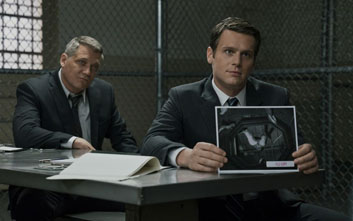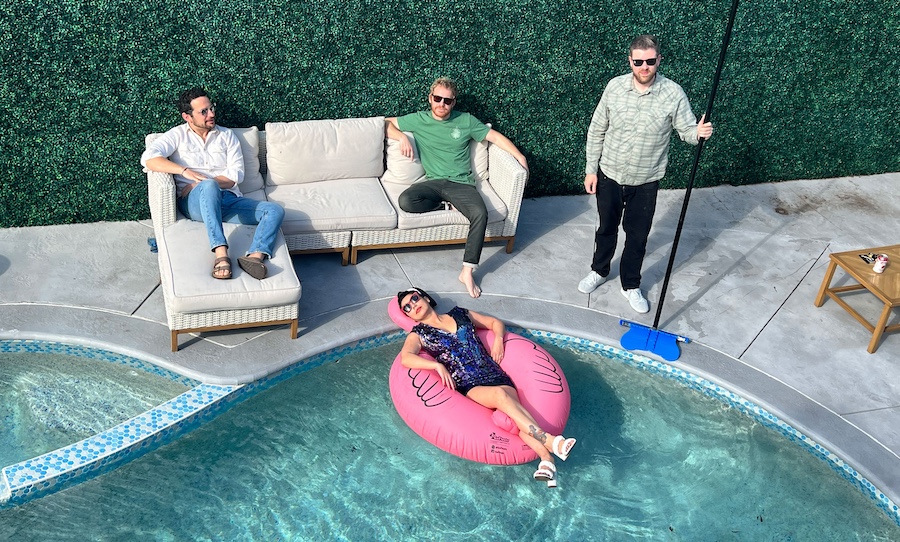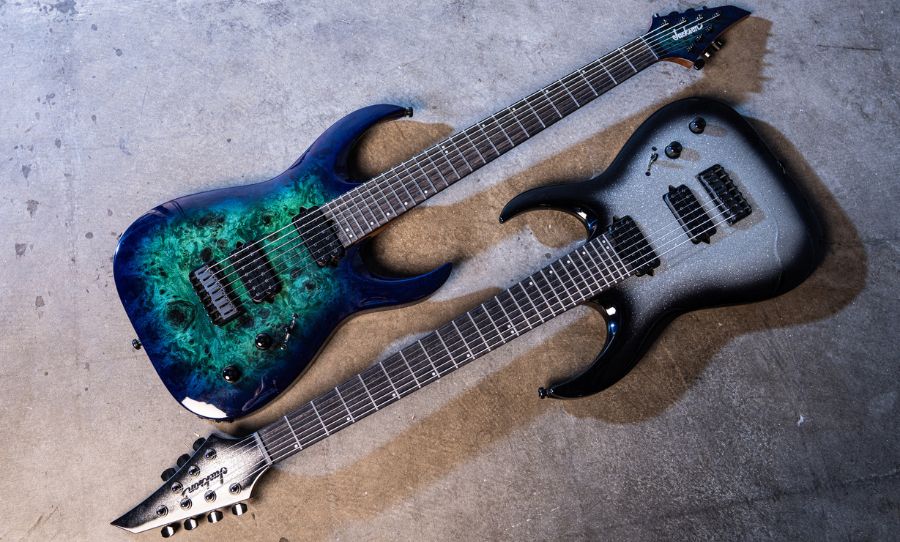As any decent millennial with their finger on the pulse will tell you that true crime is sort of having a ‘thing’ right now. In fact, if you’ve managed a conversation in the past two years without a recommendation to either a true crime television show or podcast, you’ve probably not really conversed at all.
The aggressive recommendation of late 2017 was invariably Mindhunter, a Netflix-distributed series based on a true crime book that explores the earliest days of the FBI’s criminal psychology and profiling unit and the birth of the term ‘serial killer’ that thrills us all to our sordid little cores.
Other true crime titles a la mode include The Confession Tapes, The Keepers, and The Murder of Laci Peterson, but we still can’t seem to escape the reverberations of 2015 with either Making a Murderer or The Jinx still frequently circulating the pop culture consciousness because “Oh my god Robert Durst didn’t even know the microphone was still on, the senile psychopath!”
This article and more are available in print in Happy Mag Issue 7. Grab your copy here.

This is where we find ourselves, it’s 2018 and we love murder.
All of these titles and I’m still blatantly ignoring the jumping point for this latest spate of true crime preoccupation. Podcasts. Sarah Koenig’s 2014 series Serial was arguably one of the greatest catalysts for this true crime movement and became so vastly and deeply entrenched in our lives that even the sponsored MailChimp advertisement will likely haunt our echoic memories until we’re cold in the ground.
A masterful investigative series examining the murder of Hae Min Lee and the former boyfriend convicted of her murder, Adnan Syed, the show was downloaded over 80 million times by February of 2018, ultimately opening the floodgates for an audio onslaught of real-life horror. Casefile, Dirty John, Atlanta Monster, Disgraceland, Heaven’s Gate, Crimetown, The Last Podcast on the Left, and the hit show My Favourite Murder have managed to spawn a cultish (mostly female) following that have dubbed themselves the Murderinos.
Of course, violent crime and the underworld associated with it has always held a certain cinematic appeal, we wouldn’t have The Godfather parts I, II, and III if this weren’t the case.
1967 brought Bonnie and Clyde to the screen; two iconic bank robbers living beyond the law, scraping out an existence in the Depression. It was a film that interrupted and revolutionised Hollywood, eliciting a strange sympathy from the audience and featuring Warren Beatty and Faye Dunaway – two actors so beautiful it cannot be medically recommended that you look at them too long, lest your face melt off.
Bonnie and Clyde is widely regarded as one of the first films to spur that whole sex and violence spree that has wholeheartedly appealed to the masses ever since.
Crime film and television shows have enjoyed immense commercial success over the past sixty years, with organised crime unquestionably claiming the greatest portion of the attention, from Chinatown to Goodfellas, Casino, Reservoir Dogs, even bloody Lock, Stock and Two Smoking Barrels. You could really sit here naming them all day (well, I can’t, I have things to do but you can feel free to).
In television we had The Sopranos, The Wire, Breaking Bad, and in 2018 the world is currently losing its collective mind over Narcos. Hell, even Law & Order managed 20 seasons. There’s always been welcome space in our living rooms for appalling horrors and really, the more appalling the better. We’re getting rather bored over here.
In a 2016 column for TIME, criminology professor and author of Why We Love Serial Killers, Scott Bonn, argues that our obsession with true crime and specifically serial killers, is a manifestation of a general fixation on “violence and calamity”. The rush of fear we experience when we witness horrific acts is accompanied by a rewarding flood of adrenaline and Bonn has dubbed our fixed gaze towards these shows a “guilty pleasure to thrill-seeking adults”.
In other words, crime on the screen is a type of neurological violence pornography for the domesticated, peaceable human. While this may be true in some respect – and I believe it must be to a degree, else I would not have spent so many of my hours of my dawning adolescent consciousness trawling some of Reddit’s less-than-savoury forums and reading about Ted Bundy’s crimes in extraordinary detail, I don’t believe that Bonn has perceived some underlying nuance to this new true crime wave.
While the thrill aspect of our viewing experience may have driven the excitable masses to depictions of organised crime once upon a time – the gunning downs in parking lots, the suits, the implacable accents and guns hidden in literally everything (ankle braces, umbrellas, soufflés, whatever’s available really) – these aspects of crime no longer seem to capture the attention of audiences with quite as much success.
In fact, there’s a strange disjuncture between our everyday experience and what we embrace on our crime-riddled screens, perhaps more now than ever before. The climax of gang violence in cinema enjoyed a synchronicity with the world outside throughout the ’80s and ’90s (in the year 1990 alone, the city of New York experienced 2245 homicides) but in 2018, we’re enjoying the lowest violent crime rates in major global cities that have ever been recorded. As much as Donald Trump would like to speculate wildly otherwise, the past quarter century has seen a remarkable drop in our experience of violent crime.
What we crave in 2018 is true crime and, most importantly, unresolved true crime. True crime that splits audiences’ minds into the utterly convinced and the agnostic, narratives that make one question themselves at every turn. It’s why we’re still talking about The Jinx and it’s sure as hell why Making a Murderer is still jammed like cheap paper into our mind printers – because we need stories now than ever before that don’t really have an answer.
It’s a frustrating, baffling symptom of having an incredibly discerning audience. In 2015 Sarah Koenig and her calming, radio savvy voice stumbled across a phenomenon of a politically astute, digitally-minded audience; we don’t want bad guys and good guys, we want to be confounded as to which is which.
True crime is important to us because it reflects a cathartic peeling-back of layers that we likely wish to witness in our politics and in capitalist marketplaces. We know there’s something there that we’re not allowed access to, and we crave the opportunity to get underneath it and inspect that dark, wriggly belly.
For audiences throughout 2017 and invariably for audiences in 2018, the moral confusion of the justice system is parallel to the moral confusion we’re witnessing in a post-truth, 24-hour news cycle. As White House advisors are indicted left, right, and centre by Robert Mueller in his investigation of Russian interference into the 2016 elections and the potential obstruction of justice committed by members of Trump’s inner circle, it becomes increasingly obvious to us that the world is not what it seems. We are empowered by information but we are equally blighted by this knowledge, because we have so little clue as to what to do with it.
The true crime stories that we are now inundated with present a world where we can be satisfied and captivated by the shades of grey, where intellectually deficient teenagers like Brendan Dassey are held in interrogation chambers and manipulated into confessions, where evidence can appear fraudulent and still lead to a conviction, and concurrently, where evil individuals can walk free because they played the game well (we’re looking at you, OJ).
Intimate, intellectual, and polarising true crime stories are undeniably having their hour and it’s now up to the writers, producers, and journalists in 2018 to make what they can of this trend before it wears thin. Or, perhaps more likely, before that nuclear bomb drops.
This article and more are available in print in Happy Mag Issue 7. Grab your copy here.



